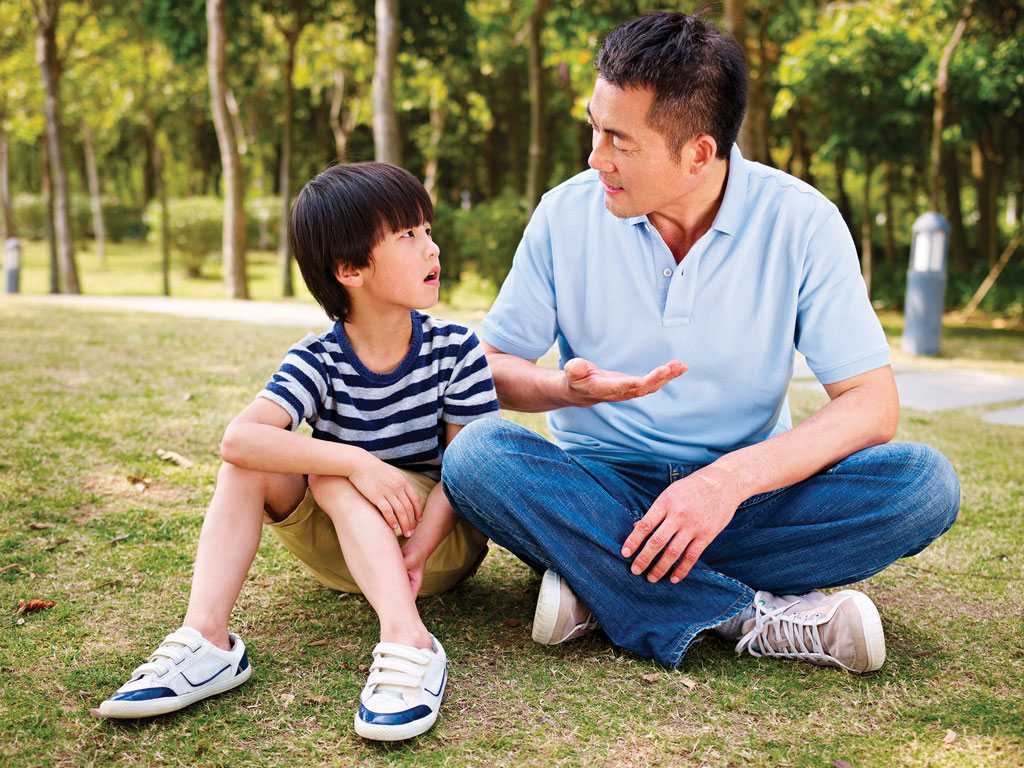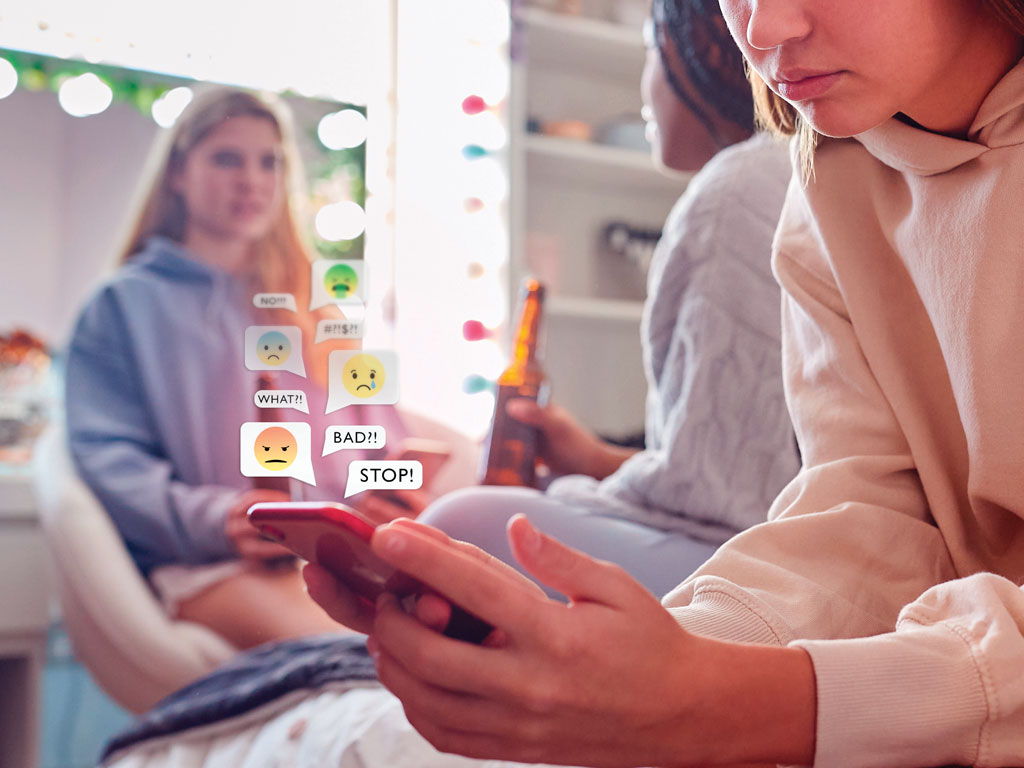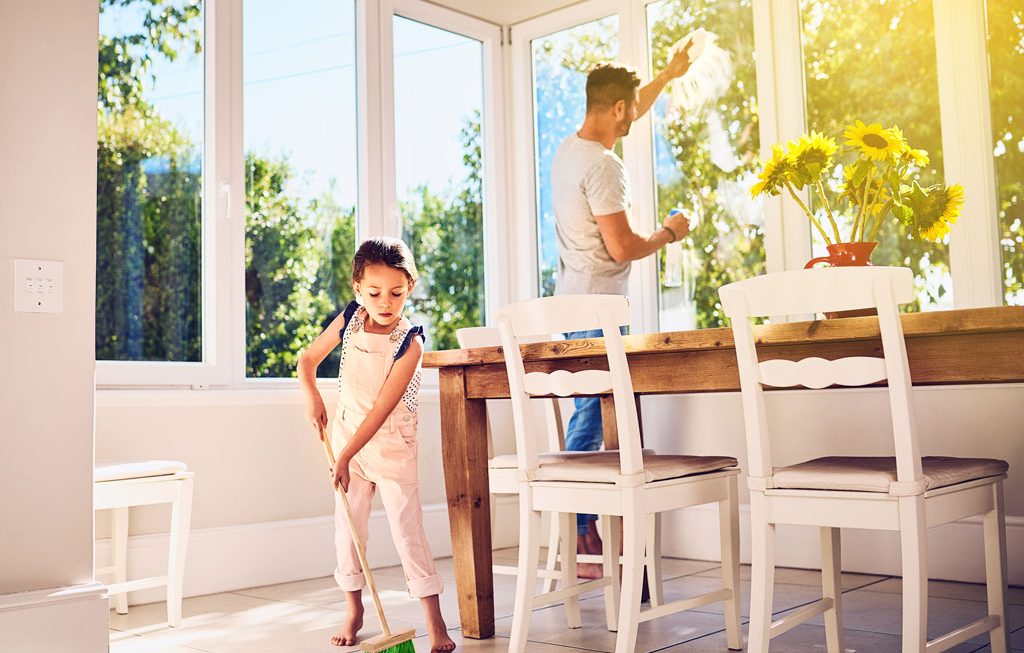by Makayla Dilliner
As a high school senior, I personally know the decisions we make are oftentimes shaped by those around us and manifest into who we are today – starting at a very young age. This influence is known as peer pressure. Oxford Languages defines it as “the influence of members of one’s group.” And, according to the National Library of Medicine, the sense of belonging is a “fundamental, human need that predicts numerous mental and social outcomes.”
But where do we draw the line between belonging and properly behaving?
Peer pressure starts at a young age.
Children pick up on behaviors shown by both adults and their peers. And, according to research published in Scientific American, children as young as toddlers start to mimic others’ behaviors. Often, children silently model implicit behavior by those around them. When someone outwardly tries to convince their peers to do or say something, this can be characterized as active peer pressure. It doesn’t take someone with expertise in children to realize that peer pressure can influence the way kids treat one another, and it can manifest in a myriad of manners.
Find your true friends.
As an elementary school student, peer pressure may stem from wanting the same kinds of toys and clothes or even eating the same foods as other students. In more serious circumstances, peer pressure can negatively impact how children treat their fellow peers.
The earliest memories of peer pressure I can personally recount are from my elementary school years. It wasn’t uncommon for a student deemed as special needs to be iced out of interactions with the rest of the children. I was raised to be the one to sit with anyone who needs a friend. However, being a friend doesn’t always come with positive feedback from the rest of the students. Slowly but surely, I became the one also iced out of interactions with the others.
Despite this, I was able to form friendships with other kids that were true friends, and those bonds have lasted over a decade. It is so important for children to recognize right and wrong behaviors and the benefits and implications of those choices.

Peer pressure can be negative and positive.
But like many aspects of life, negativity can take up the spotlight. Elementary school students may desire to excel and participate in both school and sports because they see their peers doing so. However, even with these positive examples, there are still ways negative peer pressure can set in.
The bandwagon effect is a psychological phenomenon that persuades people to agree to an idea or behavior in order to appeal to those around them. Usually, people don’t notice it as it is happening. Although adults can grow to be more self-aware, as one can imagine, peer pressure can be very influential on young minds.
Be confident in your own ideas, even if they go against the grain.
Have you ever sat in class and when the teacher called on you, you said the same thing as the person before, because you lacked confidence in your answer and were afraid that you would be perceived differently? That is something that I have dealt with for as long as I can remember – the desire to appeal to the group’s consensus. Was I going to be more likely to have the same beliefs as everyone else as I get older?
What I learned from those experiences in the classroom is that it is okay to be wrong. More importantly, it’s okay to be your own person; and the more comfortable I became with expressing my thoughts, the more I learned about myself and my own values.
What I realized was that in most situations, people succumb to peer pressure out of fear. So, if most felt the way I did, why would it matter if I went against the grain? What do I have to lose?
Have compassion for others and be brave to behave properly.
Years ago, before elementary school, my parents owned a clothing store in the mall. Like many stores, it was not immune to the theft of merchandise.
When I was only about five years old, I would often watch the consequences of other kids that would steal from the store – an incident that was never taken lightly. I remember many young girls crying as their parents came to get them, and security would have to walk them through the legal procedures of the matter. I remember a consistency in the many instances of theft: It always came back to hanging out with the wrong crowd. Despite never having stolen before, a girl who was a part of a new friend group confessed to stealing because the other girls told her to, and she wanted to fit in.
Despite my young age, those memories stuck with me. I quickly learned the value of items and the work it takes to produce them. Most importantly, I realized the value of other people’s feelings. How will another person feel if you succumb to peer pressure that impacts others? As I grew older, I found that my values of compassion far outweighed what my peers wanted me to do.
Many children develop the ability to self-perceive and show empathy at a very early age, even at four years old, according to various research studies. I think that if younger children understood the weight of one’s actions, they are less likely to succumb to the weight of social stigma and peer pressure.
Instead of “Do I want to fit in?” a child could ask, “Will this hurt someone else’s feelings?” What matters is a child’s recognition of how certain behaviors impact their own feelings and those of others. If every child knew that they mattered more than the desire to appeal to their peers, we would have more compassionate, empathic children and a better society.





